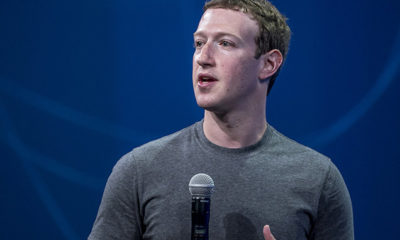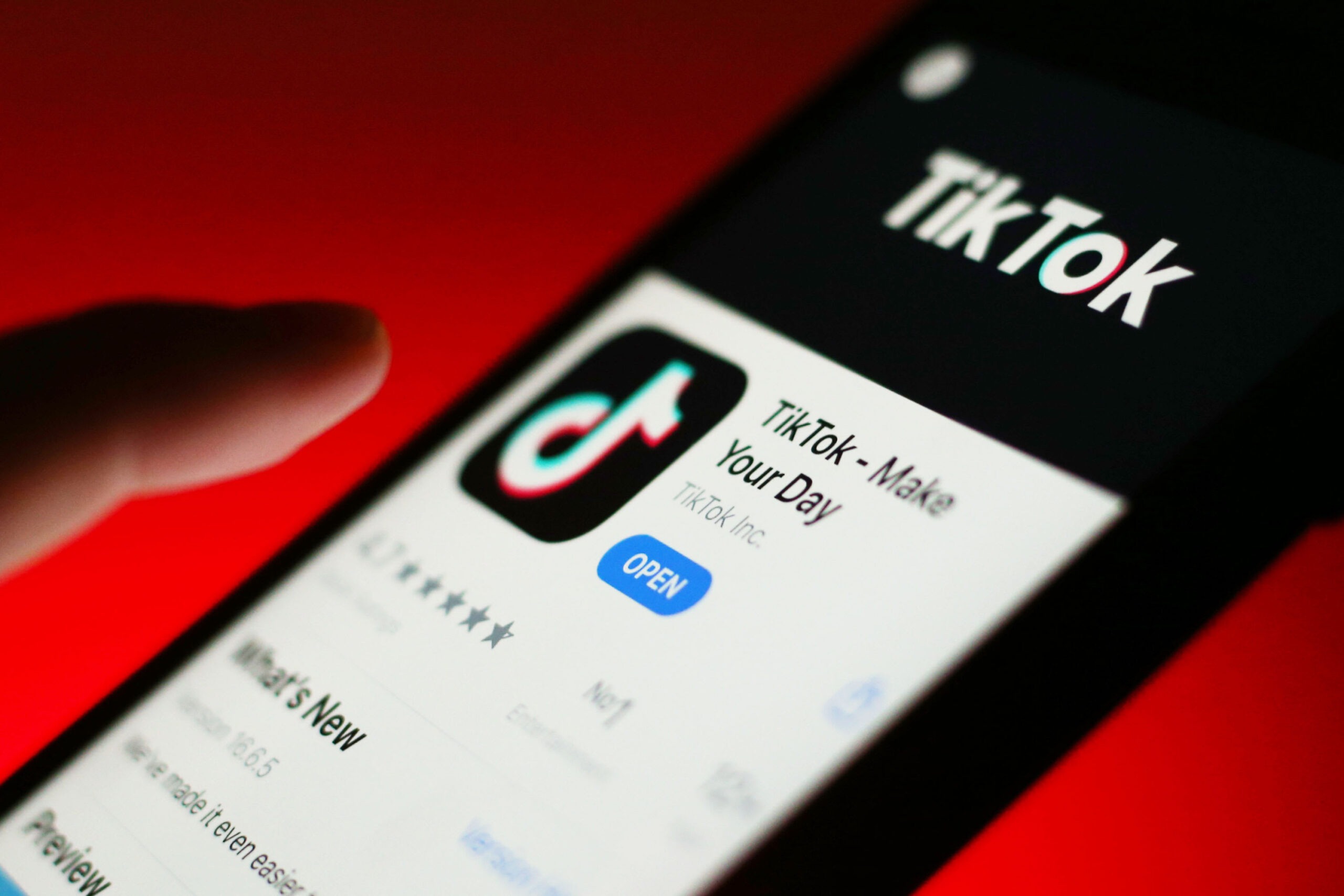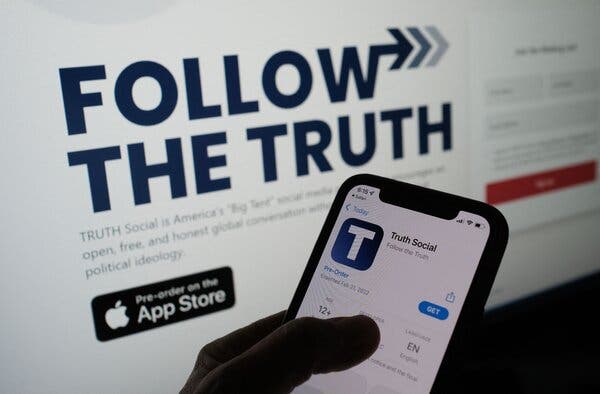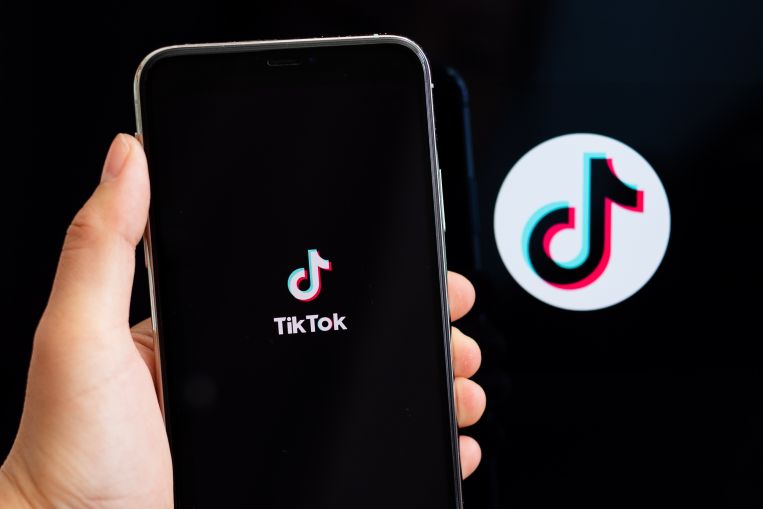Social Media
Twitter Staff to be Slashed by 75% as Musk Reveals His Takeover Plans
Tesla CEO Elon Musk has recently disclosed to investors his plans to lay off 75% of Twitter’s workforce which is about 5,500 workers, once he takes over from the microblogging company.
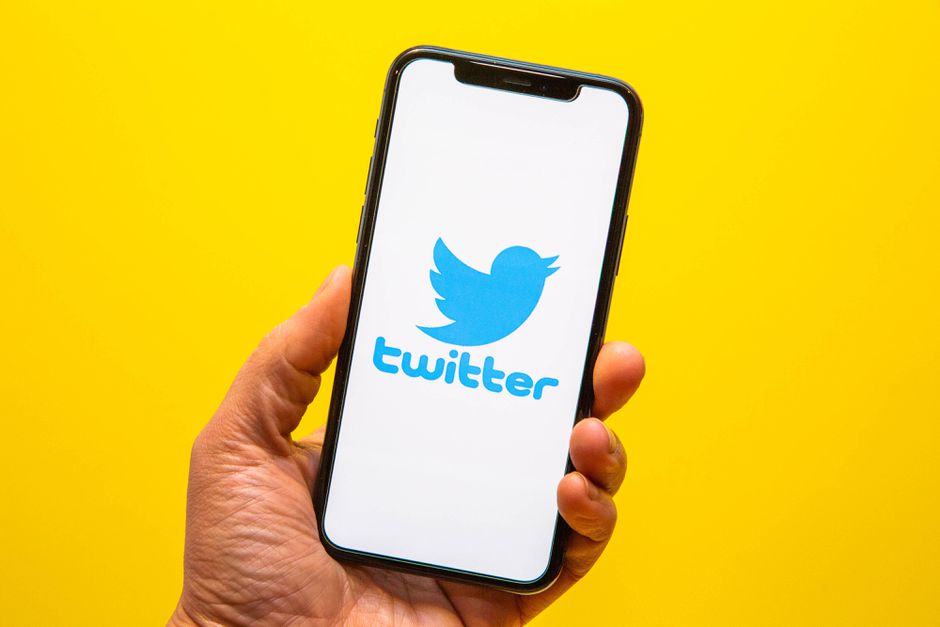
Social Media
TikTok Vows Legal Battle Amid Threat of US Ban
Social Media
Trump Media & Tech Group Plummets, Wiping Out $2.8 Billion in Value
Social Media
TikTok Faces Existential Threat as US House Votes Overwhelmingly to Ban Unless Sold
-

 Forex2 weeks ago
Forex2 weeks agoZiG to the Rescue: Zimbabwe Shifts Gear with New Currency Backed by Gold
-



 Naira2 weeks ago
Naira2 weeks agoDollar to Naira Black Market Today, April 9th, 2024
-

 Billionaire Watch2 weeks ago
Billionaire Watch2 weeks agoNigerian Billionaire Tony Elumelu Contemplates Acquiring NPFL Club
-





 Naira2 weeks ago
Naira2 weeks agoDollar to Naira Black Market Today, April 8th, 2024
-





 Naira2 weeks ago
Naira2 weeks agoNaira Hits Eight-Month High at 1,120/$ Amidst Central Bank Reforms
-





 Naira4 weeks ago
Naira4 weeks agoDollar to Naira Black Market Today, March 26th, 2024
-



 Naira6 days ago
Naira6 days agoDollar to Naira Black Market Today, April 17th, 2024
-

 Banking Sector4 weeks ago
Banking Sector4 weeks agoSafaricom, Access Holdings Forge Partnership to Revolutionize Remittance Corridor in Africa


